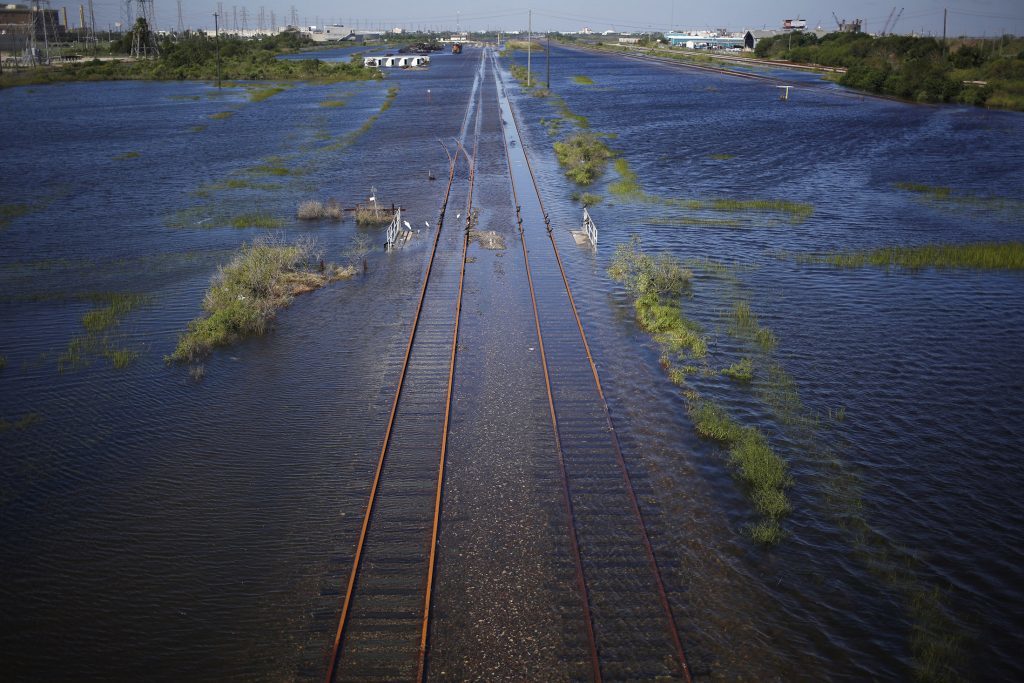
Oil hovered around $50 a barrel as traders awaited weekly storage data that may show the longest expansion of U.S. crude inventories in almost half a year.
Futures were little changed in New York a day ahead of a government report that’s expected to show a 3.4 million-barrel increase in U.S. oil held in storage, according to a Bloomberg survey. The bearish supply outlook erased gains earlier in the session driven by Iraqi Oil Minister Jabbar al-Luaibi’s advocacy of deeper production cuts among OPEC member states and allied oil producers.
“We are going to tread water ahead of the inventory report. There is a sense that we may have a bit of an upside surprise in the crude inventory number,” John Kilduff, a partner at Again Capital LLC, a New York-based hedge fund, said by telephone. “We continue to have the OPEC folks trotting the globe and continuing to talk up either longer cuts, deeper cuts. The market is rewarding that to a degree.”
While the U.S. benchmark has climbed above $50 this month, prices have struggled to close above that level as rising output from American shale fields hinders efforts by OPEC, Russia and other major sources of supply to erode a stubborn glut. The Energy Information Administration sees shale-oil production reaching a record high in October.
Iraq’s suggestion “has a minor influence on prices — if it would have come from Saudi Arabia, it would probably have had a bigger impact,”’ said Giovanni Staunovo, an analyst at UBS Group AG in Zurich.
West Texas Intermediate for October delivery, which expires Wednesday, rose 15 cents to $50.06 a barrel at 10:21 a.m. on the New York Mercantile Exchange. Total volume traded was about 6 percent below the 100-day average.
Brent for November settlement fell 4 cents to $55.44 a barrel on the London-based ICE Futures Europe exchange. The global benchmark traded at a premium of $5.04 to November WTI.
At least 13 fuel-making plants from Louisiana to Montana, including the largest U.S. refinery operated by Motiva Enterprises LLC in Texas, are postponing autumn maintenance for weeks or months, according to company statement and people familiar with the situations. Some plants are churning out more fuel to take advantage of strong profit margins, while others are understaffed because workers were dispatched to help Gulf Coast facilities recover from Hurricane Harvey.
Crude imports arriving at Gulf Coast ports probably fell by 295,300 barrels a day last week to 1.9 million, according to calculations based on U.S. Customs and Border Protection bills of lading and vessel-tracking data compiled by Bloomberg.
The Energy Information Administration is scheduled to disclose its weekly tallies of oil, gasoline and other petroleum products on Wednesday. The industry-funded American Petroleum Institute will release its inventory data on Tuesday.